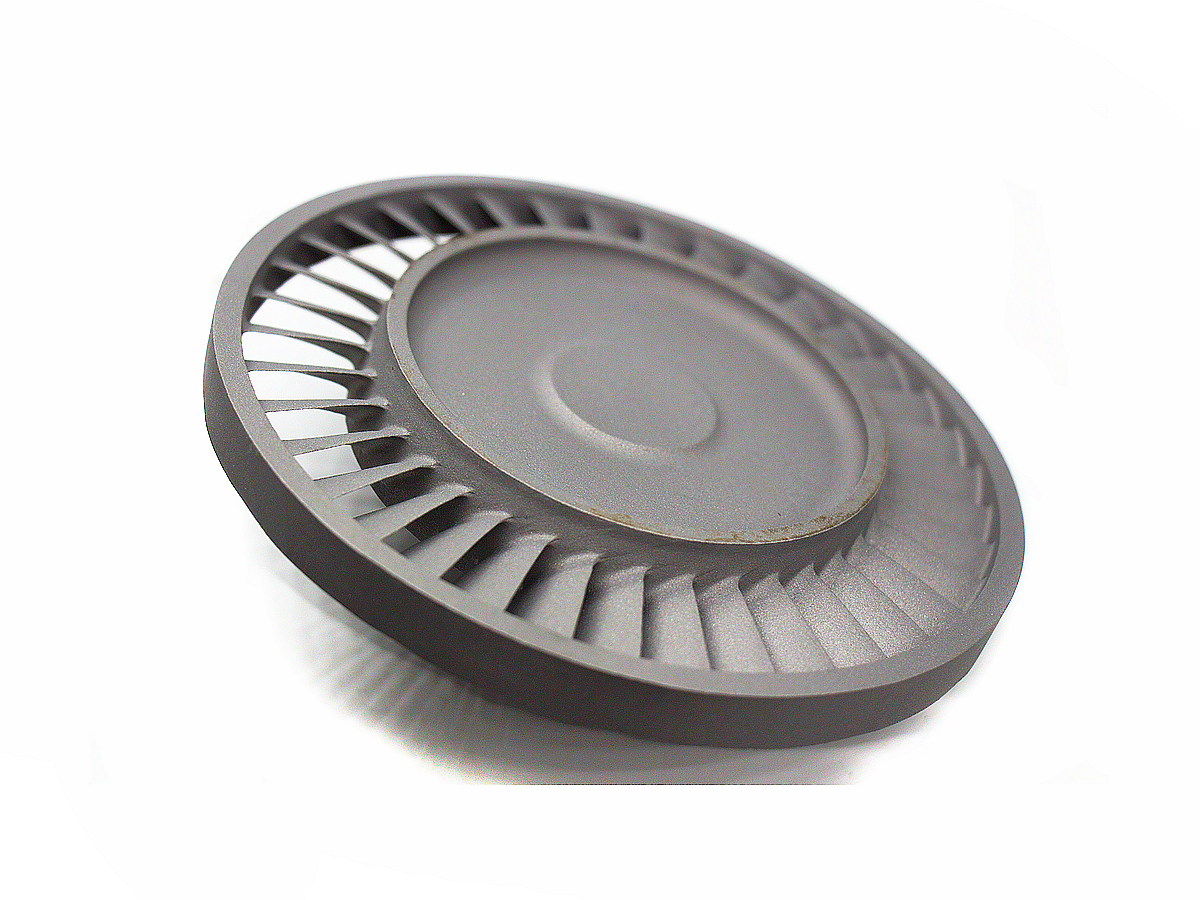DMLS 3D Printing Service: High-Precision Superalloy Parts for Aerospace and Aviation Industry
Introduction
Direct Metal Laser Sintering (DMLS) offers the aerospace and aviation industries unparalleled precision in manufacturing high-performance superalloy parts. Utilizing superalloys like Inconel 718 and Hastelloy X, DMLS technology precisely fabricates intricate geometries with dimensional accuracies up to ±0.05 mm, ensuring exceptional mechanical properties and reliability under extreme operational conditions.
Compared to traditional methods, DMLS significantly shortens production timelines by up to 50%, supporting rapid prototyping and optimized lightweight design solutions critical for aerospace components.
Applicable Material Matrix
Material | Tensile Strength (MPa) | Yield Strength (MPa) | Elongation (%) | Operating Temp. (°C) |
|---|---|---|---|---|
1375 | 1100 | 20% | 700 | |
800 | 385 | 22% | 1200 | |
860 | 450 | 45% | 1150 | |
1240 | 875 | 15% | 980 | |
1175 | 850 | 6% | 800 |
Material Selection Guide
Inconel 718: Optimal for turbine blades and high-stress structural components due to outstanding tensile strength, fatigue resistance, and oxidation resistance at temperatures up to 700°C.
Hastelloy X: Ideal for combustion chambers and exhaust systems because of exceptional oxidation and corrosion resistance at extreme temperatures (up to 1200°C).
Haynes 230: Recommended for flame holders and afterburner components owing to high ductility (45%) and excellent thermal stability.
Rene 41: Suitable for rocket propulsion components due to its superior yield strength (875 MPa) and good creep resistance.
Stellite 6B: Preferred for wear-resistant aerospace components, offering exceptional hardness and abrasion resistance at elevated temperatures.
Process Performance Matrix
Attribute | DMLS Performance |
|---|---|
Dimensional Accuracy | ±0.05 mm |
Layer Thickness | 20–50 μm |
Minimum Feature Size | 0.4 mm |
Surface Roughness | Ra 5–10 μm |
Density | >99.5% |
Process Selection Guide
Dimensional Precision: Ideal for components demanding strict tolerances, typically within ±0.05 mm accuracy.
Complexity: Best-suited for intricate geometries and internal structures impossible via conventional machining methods.
Material Efficiency: Nearly zero waste, achieving >99% material utilization, significantly cutting overall costs.
Rapid Production: Shortens aerospace parts prototyping from weeks to days, significantly accelerating product development cycles.
Case In-Depth Analysis: DMLS Inconel 718 Turbine Blades for Aviation Engines
A major aerospace company required turbine blades capable of withstanding extreme operational stress and temperatures exceeding 600°C. By leveraging our DMLS 3D printing service with Inconel 718, we manufactured blades achieving a tensile strength of 1375 MPa and elongation of 20%, surpassing traditional cast blades in performance and reliability. The optimized design reduced component weight by 30%, improving fuel efficiency and extending operational life by 25%. Post-processing treatments included precision CNC machining and HIP to maximize mechanical properties.
Industry Applications
Aerospace and Aviation
Turbine blades for jet engines with enhanced temperature endurance.
Combustion chamber components requiring resistance to extreme thermal cycling.
Structural brackets optimized for reduced weight and improved strength.
Automotive
High-performance turbocharger impellers offering superior heat management.
Lightweight engine valves with optimized airflow design.
Exhaust manifold components resistant to oxidation and high-temperature wear.
Energy and Power
Gas turbine components provide increased operational efficiency.
Heat exchanger parts are designed for prolonged durability under thermal stress.
Nuclear power plant components require radiation resistance and dimensional stability.
Mainstream 3D Printing Technology Types for the Aerospace and Aviation Industry
Selective Laser Melting (SLM): Similar to DMLS, ideal for highly dense metal parts requiring superior mechanical properties.
Electron Beam Melting (EBM): Suitable for larger titanium-based aerospace components due to excellent build speed and vacuum environment.
Binder Jetting: Efficient for batch production of metal parts with moderate complexity, useful for aerospace tooling.
Directed Energy Deposition (DED): Optimal for repair, refurbishment, or adding features to existing aerospace components.
Wire Arc Additive Manufacturing (WAAM): A cost-effective solution for large-scale structural parts.
FAQs
What is the maximum size achievable for aerospace components using DMLS technology?
How does DMLS compare to traditional CNC machining regarding production speed and costs?
What post-processing methods are recommended for DMLS printed aerospace parts?
Are DMLS printed parts suitable for high-stress aerospace applications?
What are the key certifications required for aerospace components manufactured via DMLS?

